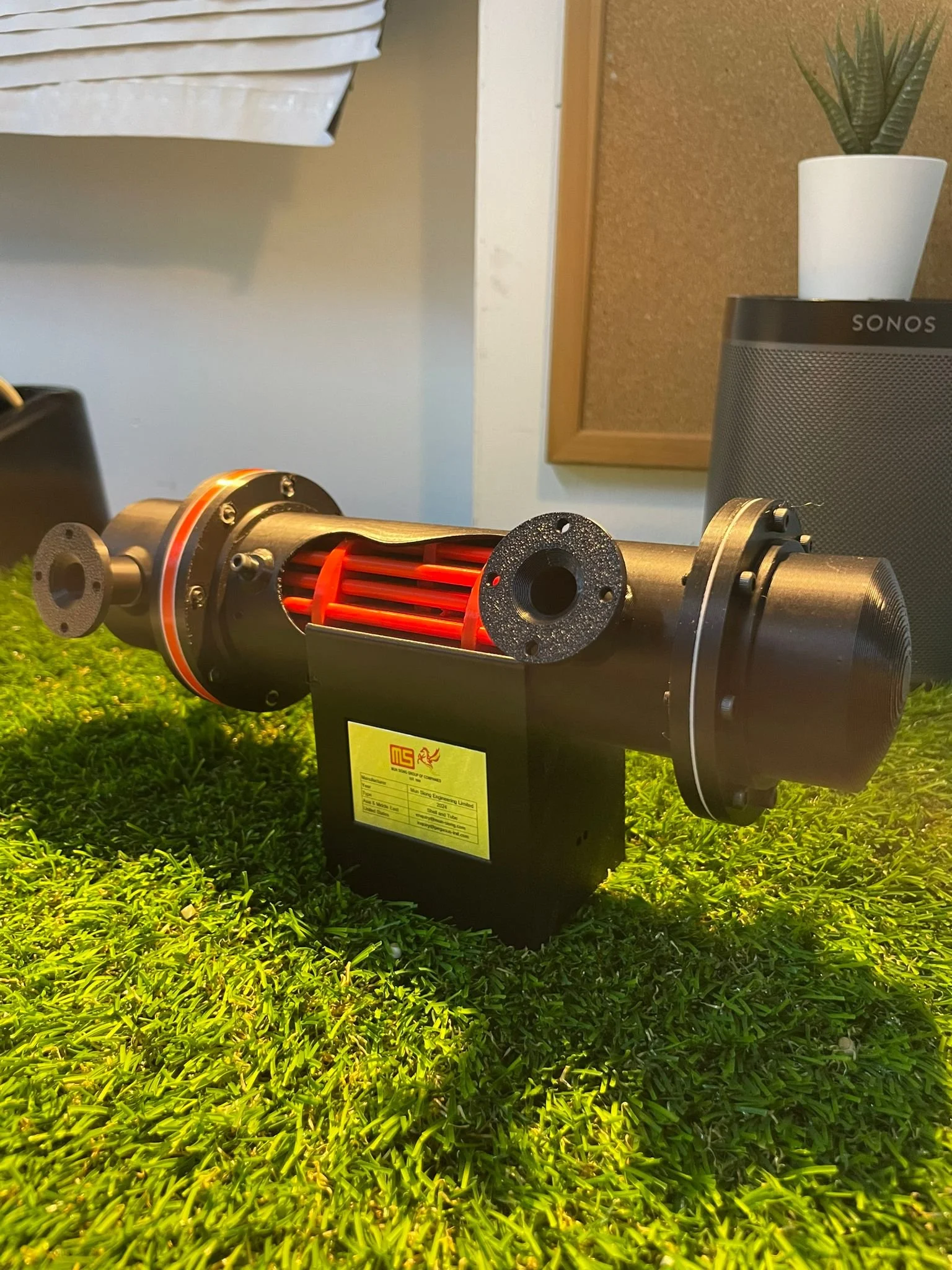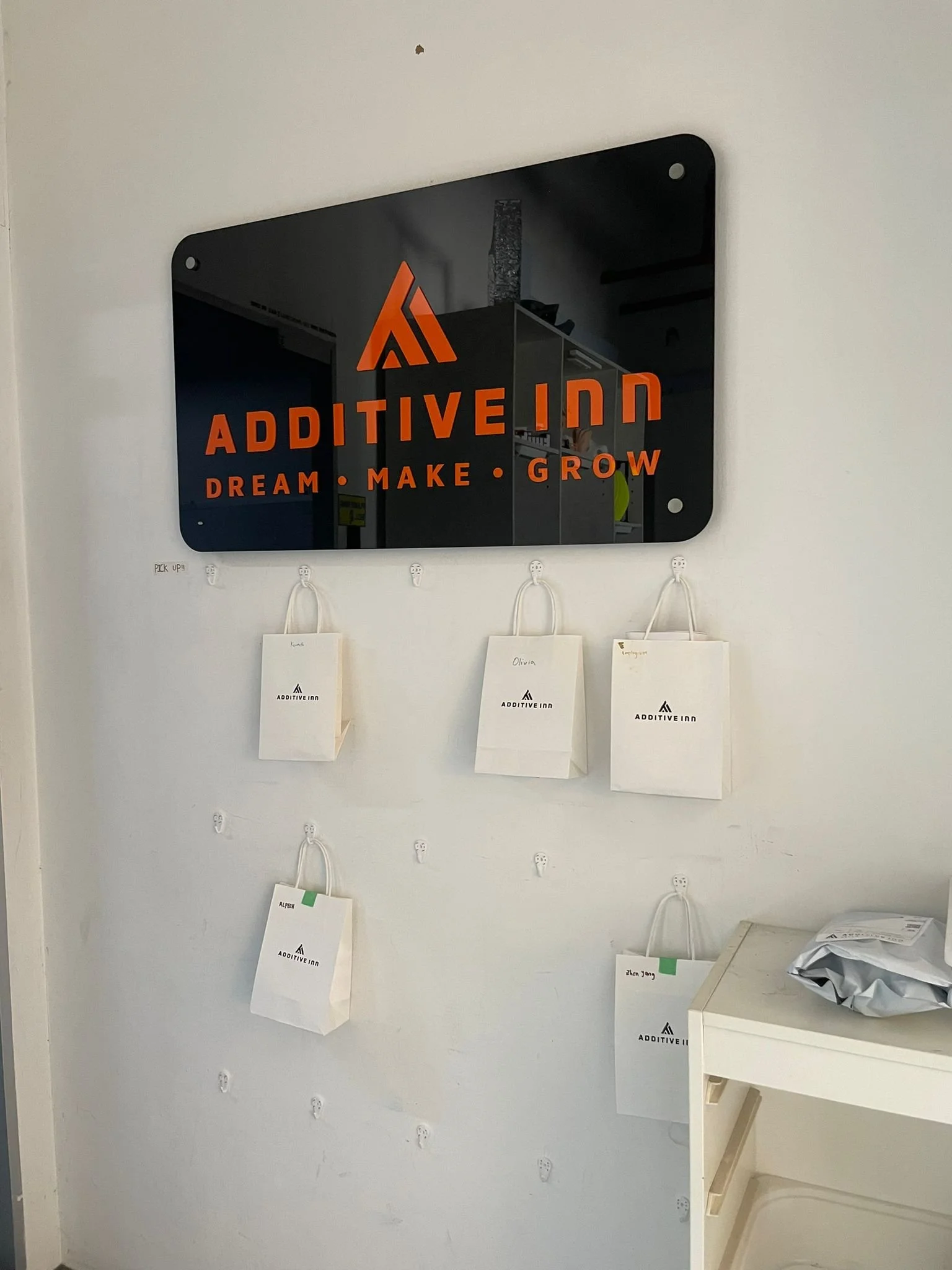Selective Laser Sintering
At Additive Inn, we specialise in Selective Laser Sintering (SLS) which is a 3D printing service using laser to fuse powder layer by layer to fabricate prototypes and many more! The standard materials used for this process are: Polyamide (or Nylon) based powder, and they can be blended with additive materials such as carbon fiber or glass fiber to improve its mechanical and thermal characteristics. Click here to know more about the materials used for SLS!
FDM, SLA, and SLS employ a similar layer-by-layer printing process. If you're uncertain about which method is suitable for your needs, click here.
About Selective Laser Sintering:
-
Like every other manufacting method, there are pros and cons that come along with it:
Pros:
Smooth surface quality.
Strong, durable, and impact-resistant; able to withstand repeated wear and tear, and are resistant to UV, light, heat, moisture, solvents, and water.
Allows for highly detailed and intricate designs.
Cons:
Marginally pricier compared to FDM & SLA.
SLS parts tend to shrink & warp (especially large, flat surfaces).
-
Do take note before you send us your files:
1. File format: .stl, .STEP, .3mf, .obj
2. Scale of the model should be kept within these dimensions: XXX
Thickness: Minimum of 0.8mm.
Holes: Diameter must exceed 1.5mm.
Pins or protruding elements: Minimum length of 0.8mm.
Engraving: Minimum depth of 1mm.
Embossing: Minimum height of 1mm.
Text: Minimum font height 2mm & font size 14.
3. File condition: Not broken (no empty spaces/dark shades on part)
4. If you have multiple files you would like to get quotations on, kindly:
Rename file names: [File name-Color-Quantity]
e.g. “part1-White-5x”
Zip the files in a folder and send it to us for the quotation!
-
Once your parts have been printed, you should expect to see a smooth finish and feel a grainy texture on the the exterior region of the parts. The surface can be stained easily, thus post-processing such as spray painting and polishing, may come in handy to give your parts a cosmetic finish!
Click here to explore the post-processing options for SLS parts.
-
There are a few types of objects that you could print using SLS as your manufacturing method. Some of the most common applications using SLS are:
Prototyping
Robotic parts, gripping systems, aerospace flame-retardant parts, automotive parts
Tooling
Jigs, fixtures
Rapid manufacturing
Electronic packaging, military hardware
Generic production
End-use products, parts with intricate/complex designs
-
SLS is a combination of FDM and SLA where your part will be produced layer by layer with an outcome of a smooth finish. SLS components demonstrate favorable mechanical characteristics and display isotropic properties.
Click here to learn how to find 3D files online.
If you have concerns regarding budget, lead time or designing, do not hesitate to seek advice from our team!






